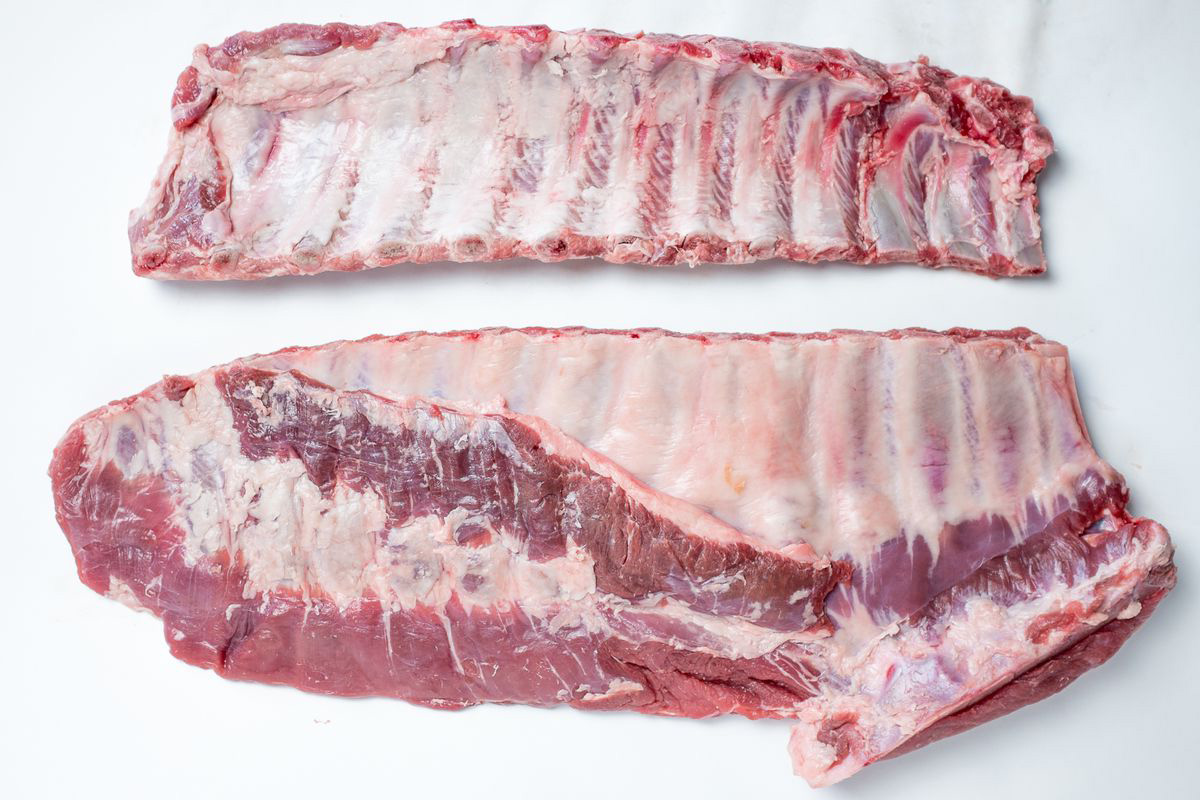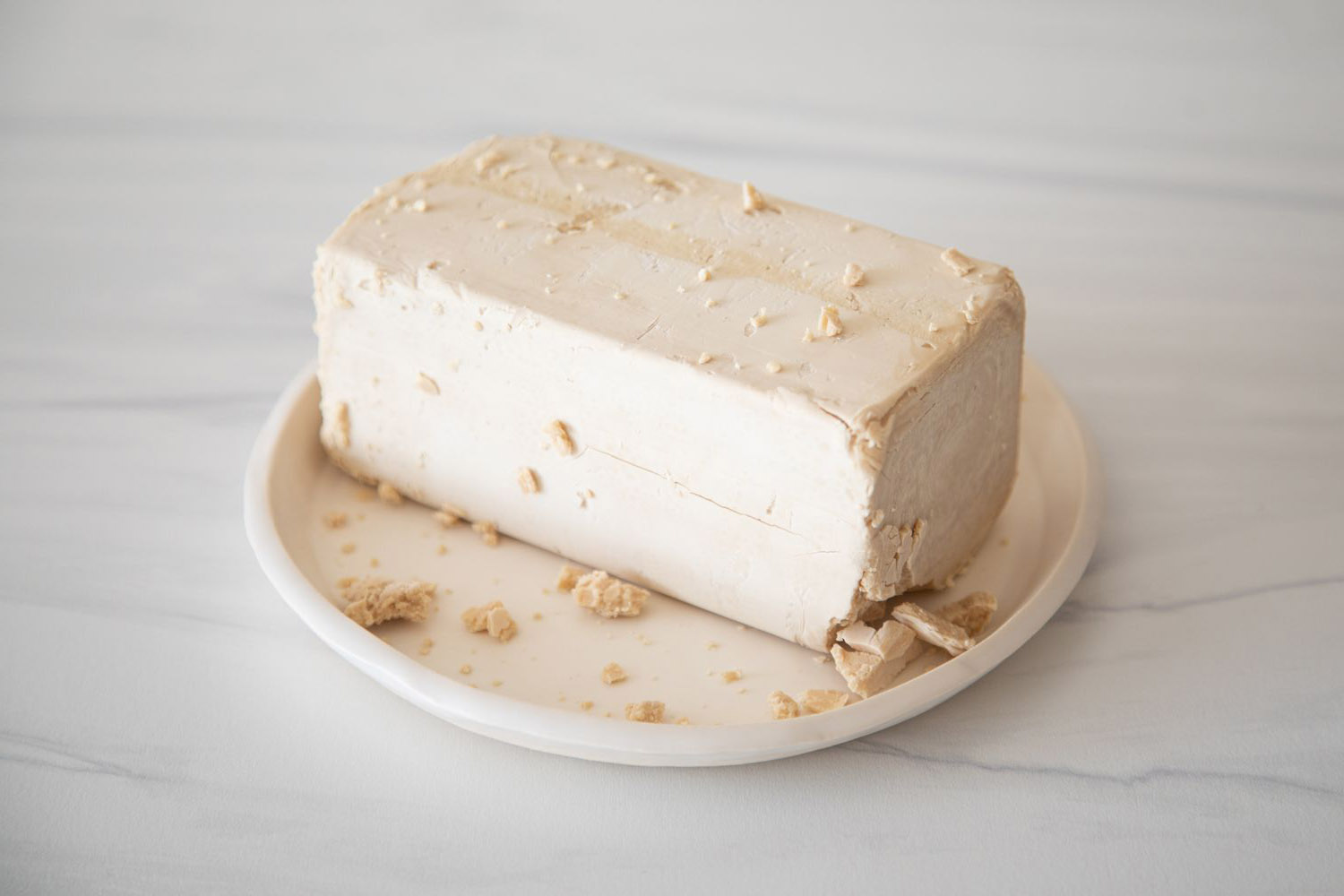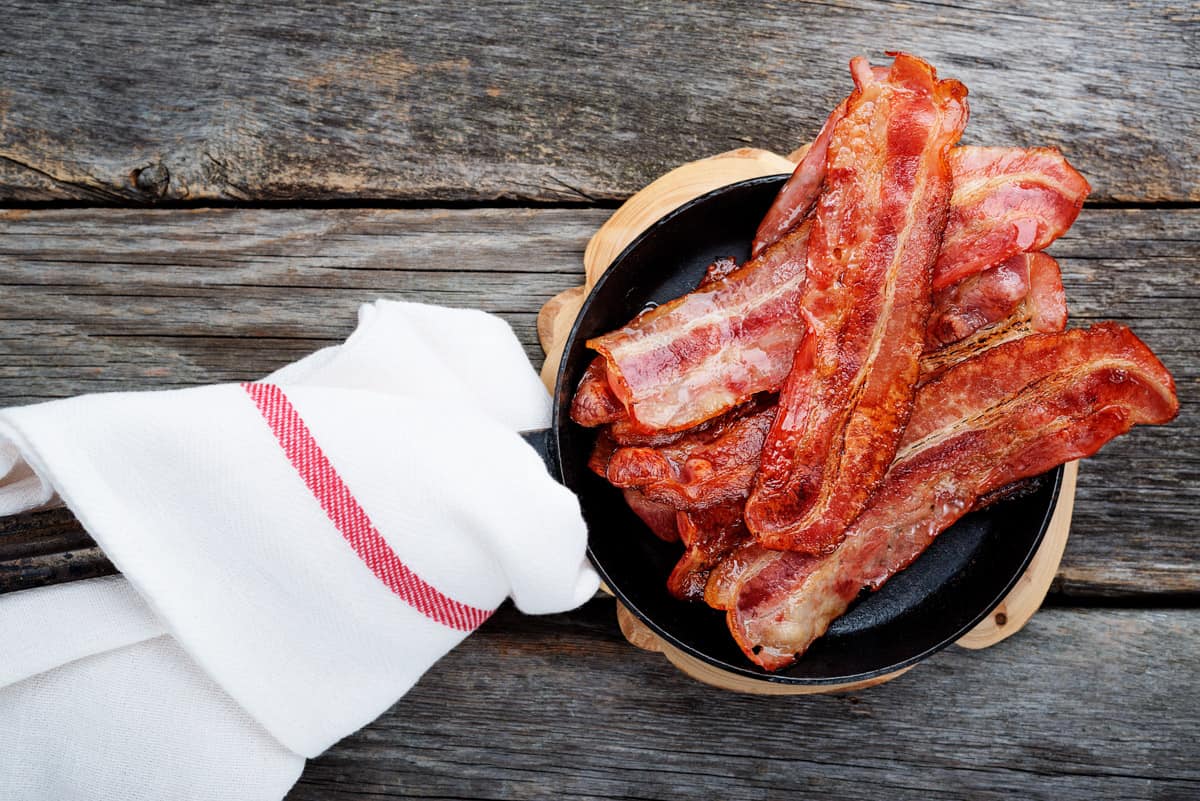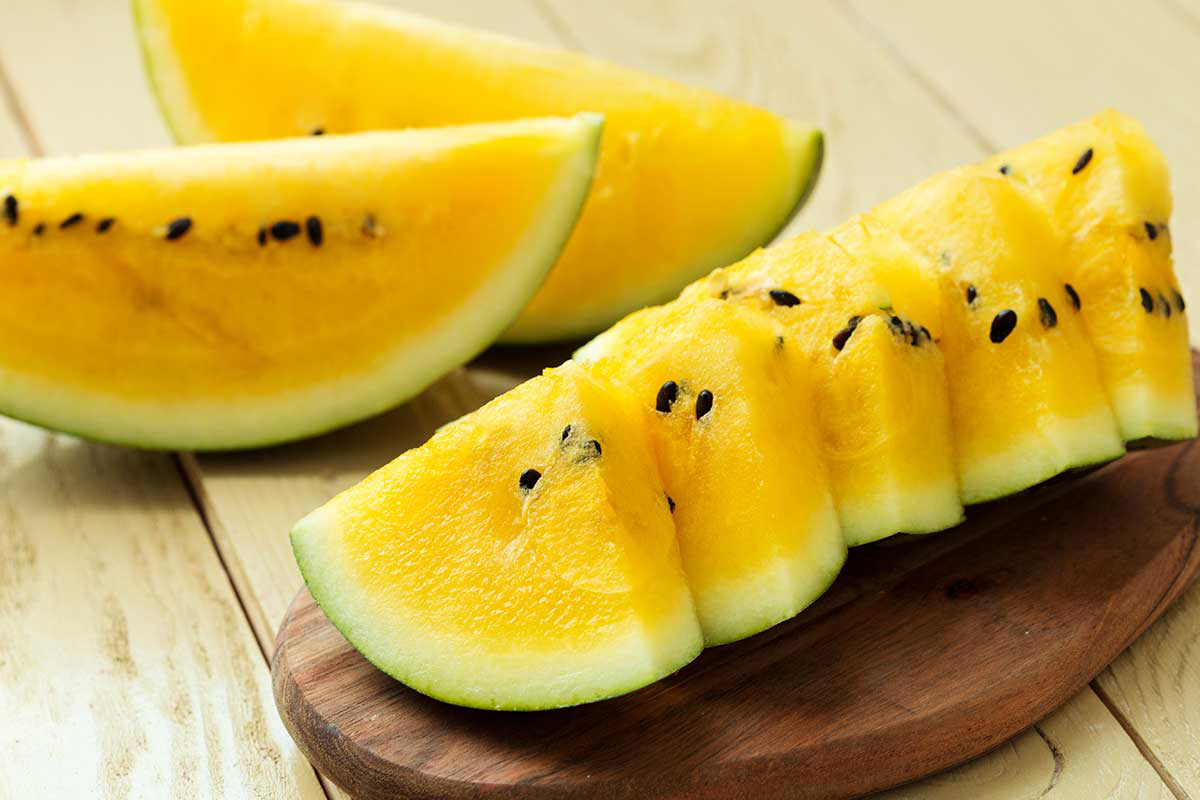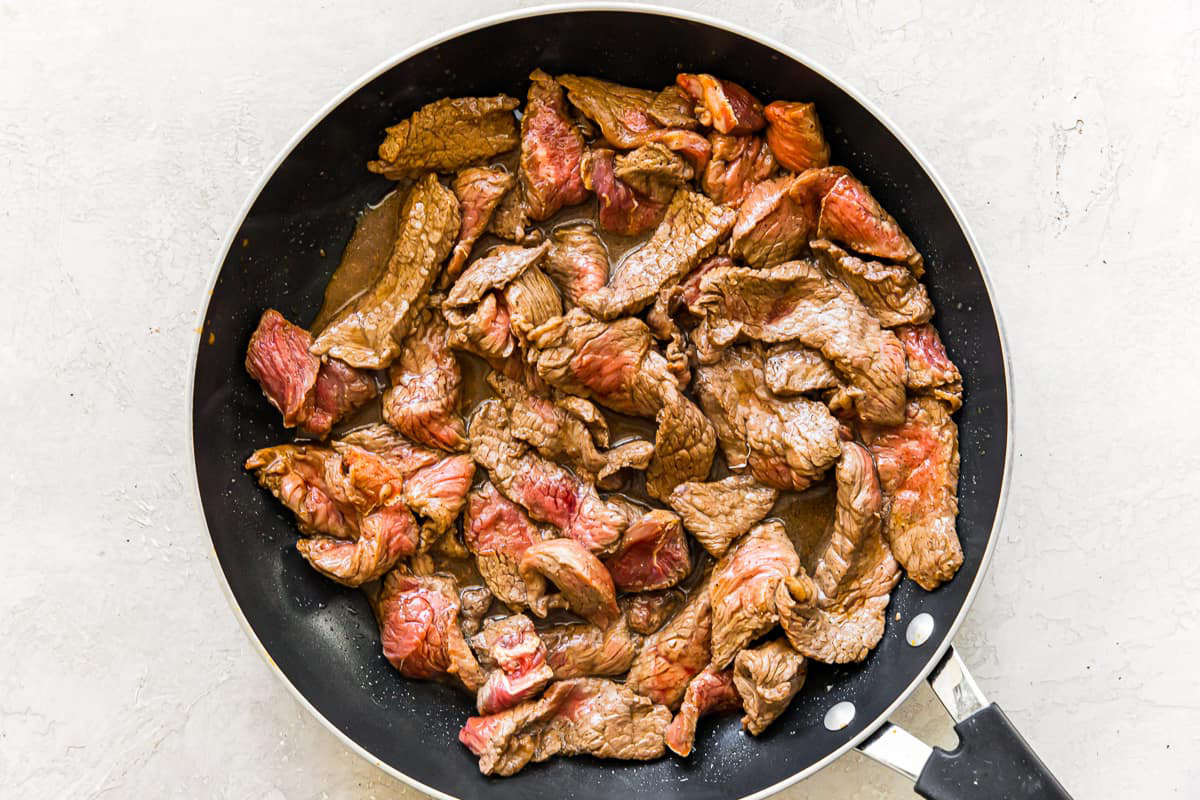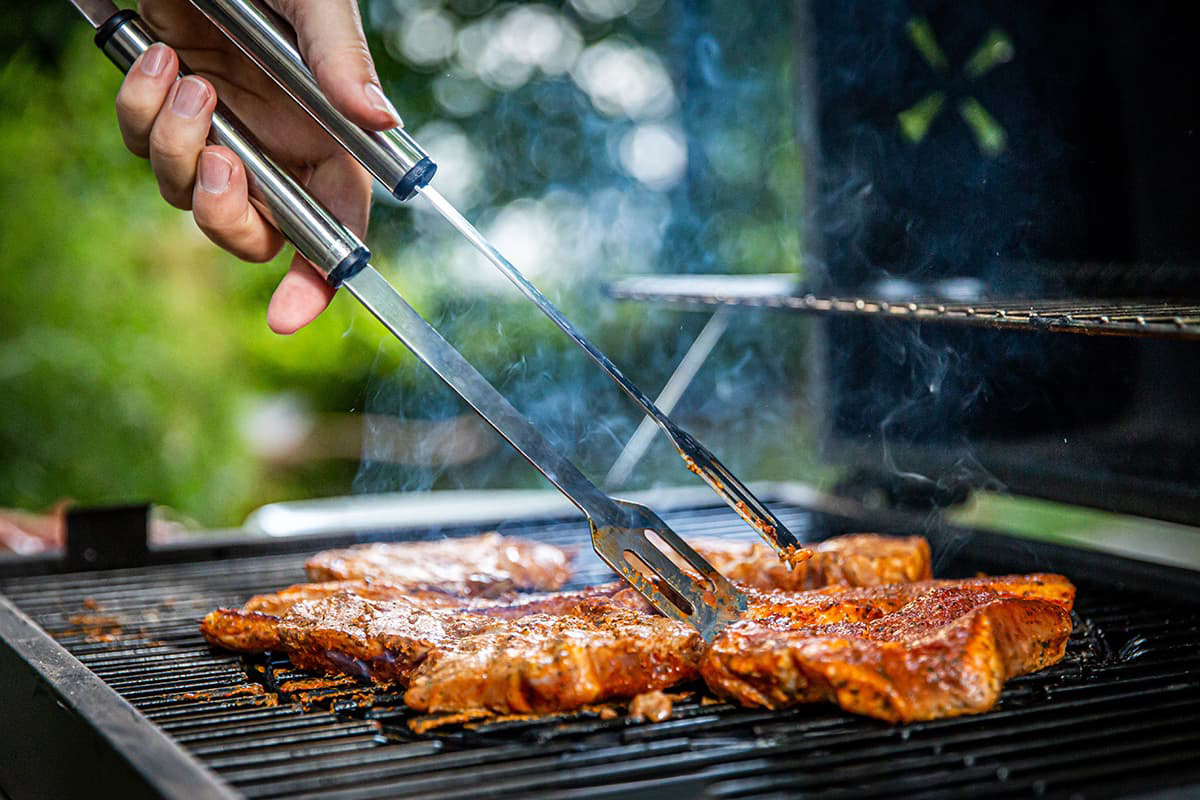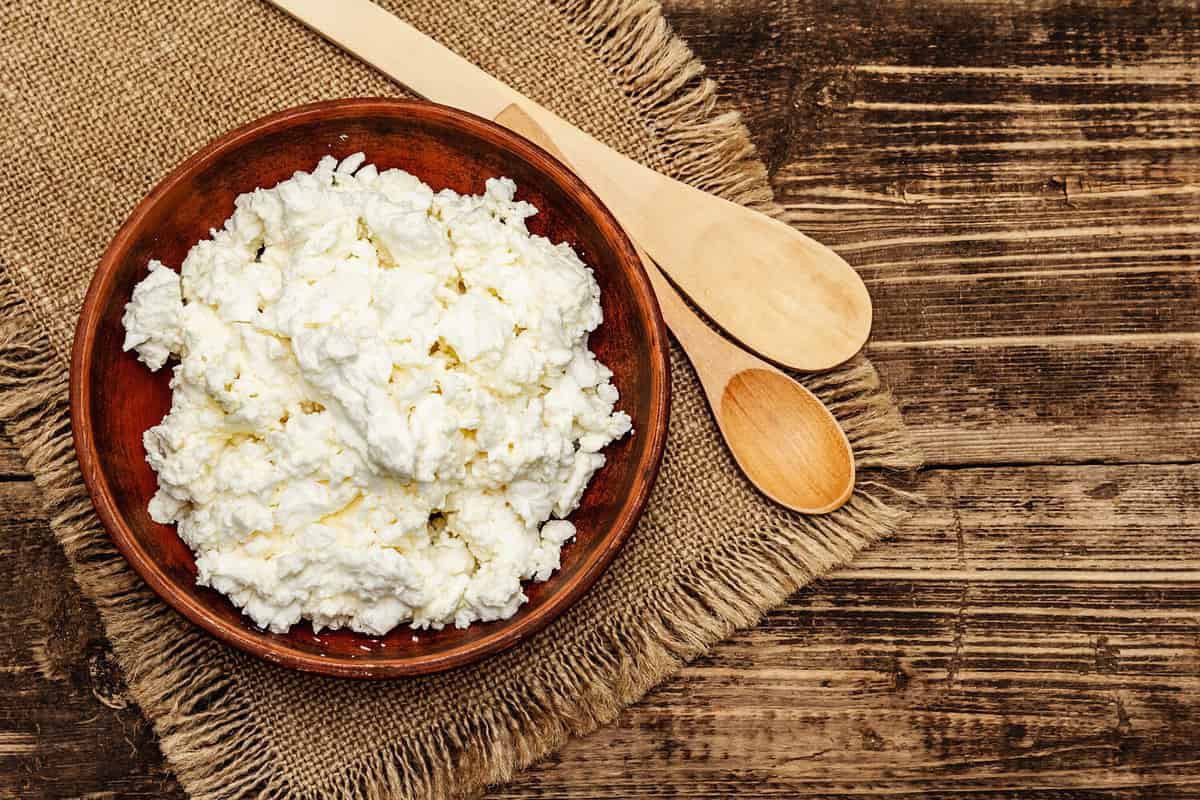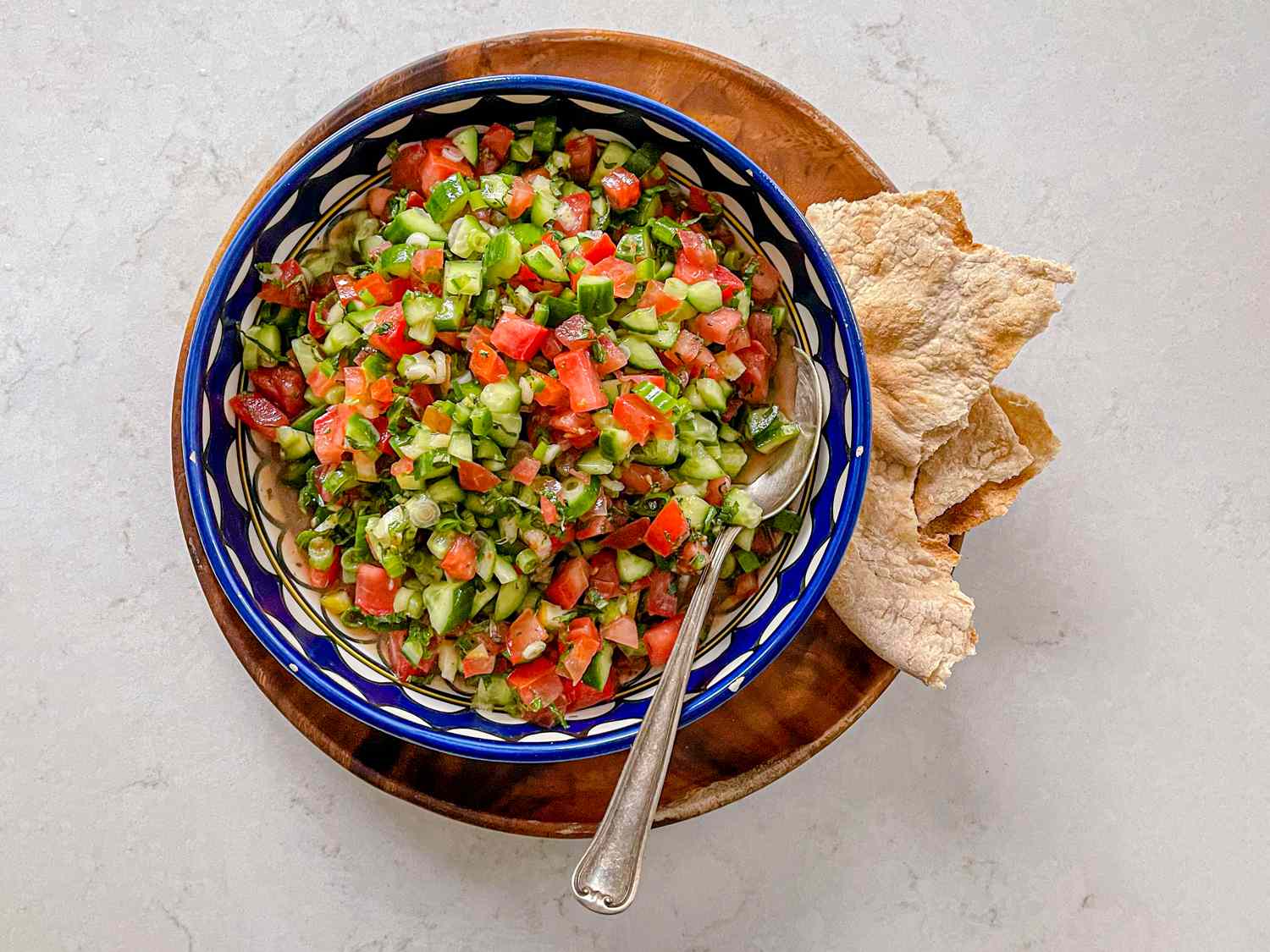Discovering the Deliciousness of Upside-Down Pizza
When it comes to pizza, most of us are familiar with the traditional way it’s served – a crispy crust topped with sauce, cheese, and various toppings. But have you ever heard of upside-down pizza? If you’re curious about this unique twist on a classic favorite, you’ve come to the right place. Let’s dive into the world of upside-down pizza and uncover what makes it so special.
What Sets Upside-Down Pizza Apart?
Upside-down pizza, as the name suggests, flips the traditional pizza toppings upside down. Instead of layering the sauce on top of the cheese and toppings, the sauce is spread on the bottom of the pan, followed by cheese, toppings, and finally, the crust. This unconventional approach creates a delightful fusion of flavors, with the sauce infusing into the crust and the cheese bubbling on top.
The History of Upside-Down Pizza
While the exact origins of upside-down pizza are not entirely clear, it is believed to have originated in the United States, particularly in the Midwest. Some pizzerias in this region have been serving upside-down pizza for decades, delighting customers with its unique presentation and delicious taste. Over time, this unconventional style of pizza has gained a dedicated following and continues to pique the interest of pizza enthusiasts around the world.
How Is Upside-Down Pizza Made?
If you’re eager to try your hand at making upside-down pizza at home, the process is relatively straightforward. Here’s a simple step-by-step guide to creating your own upside-down pizza masterpiece:
- Preheat your oven and prepare your pizza dough.
- Spread a generous layer of pizza sauce on the bottom of a greased baking pan.
- Sprinkle a layer of shredded mozzarella cheese over the sauce.
- Add your favorite pizza toppings, such as pepperoni, mushrooms, or bell peppers.
- Carefully place the pizza dough on top of the toppings, tucking in the edges to form a seal.
- Bake the pizza in the preheated oven until the crust is golden and the cheese is bubbly.
- Remove the pizza from the oven and let it cool for a few minutes before slicing and serving.
Why Upside-Down Pizza Is Worth a Try
So, what makes upside-down pizza worth exploring? For starters, the unique layering of ingredients creates a delightful contrast of textures and flavors. The sauce nestled beneath the cheese infuses the crust with savory goodness, while the toppings and cheese meld together to create a satisfying bite with every mouthful.
Additionally, making upside-down pizza can be a fun and creative culinary adventure. Whether you’re experimenting with different toppings or perfecting your pizza dough recipe, there’s plenty of room for personalization and innovation when crafting your own upside-down pizza.
Final Thoughts
Upside-down pizza may not be as widely known as its traditional counterpart, but it certainly holds its own in the realm of delicious and inventive culinary creations. Whether you’re a seasoned pizza aficionado or simply looking to expand your culinary horizons, consider giving upside-down pizza a try. Who knows? It might just become your new favorite way to enjoy this beloved dish.
So, the next time you’re craving a slice of pizza with a twist, don’t hesitate to explore the delightful world of upside-down pizza. You might just discover a new culinary obsession that will have your taste buds doing a happy dance.
Was this page helpful?
Read Next: What Is Texas Petal Sauce?
